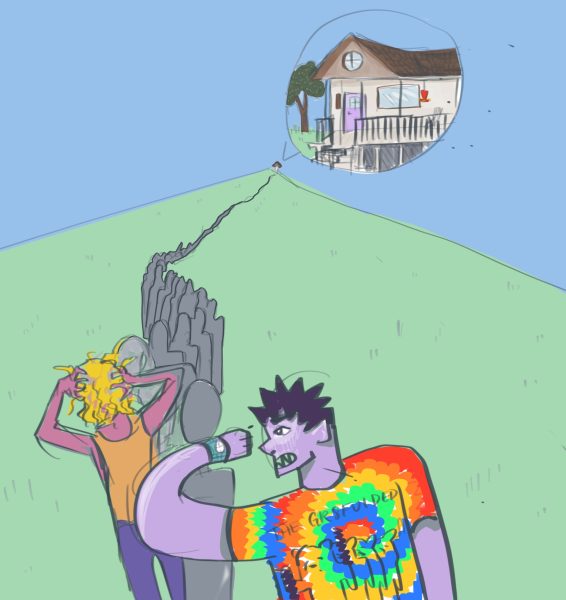How the sustainability movement can save itself
Sustainable development has been a buzzword in international politics since the mid-1980s, and a self-defined sustainability movement has been active since at least the early 90s. The idea of living within available biophysical limits, prioritizing well-being over growth and running our society on renewables have all become hot-button topics for engaged citizens.
Especially during the past year, the push towards conscious consumption has been heavily promoted by individuals and brands alike. Realizing that the planet is facing irreversible environmental damage, more and more young people are moving away from supporting industries such as fast fashion and meat production due to wasteful and excess consumerism as well as ethical concerns. Instead, they are focused on living sustainably. This can look like dumping Urban Outfitters for the thrift store, switching to a plant-based diet and buying reusable period products.
Yet, when I searched the word “sustainable” on YouTube, the majority of the faces were of white and Asian women. Although many African American and Indigenous people are engaged in some form of sustainability, whether that be through choice, tradition or unjust economic circumstances that cause them to consume less in general, they are nowhere to be seen at the forefront of the movement.
Additionally, sustainable brands are less affordable than their unsustainable counterparts. Although this is in part due to the fact that the labor practices and materials used by these companies are more ethical and of a higher quality that drives the price up, the business model excludes low-income folks regardless. For example, I recently decided I was in need of a sports bra and went to the website Girlfriend Collective to see what they had to offer. The price range of the bras was $38-$42 a pop, plus shipping. A few days later, I found myself on another website purchasing a sports bra for half the price. It may not have been a sustainable purchase, but when you are twenty years old trying to save up to pay for college expenses and other activities, things like sustainable fashion are a luxury, not the norm.
Due to the sameness of the faces of sustainability in tandem with its elitist tendencies, one must wonder: is sustainability still a lifestyle, or is it simply an aesthetic for one’s Instagram feed? How radical is your “sustainability” if it does not include poor people and BIPOC? Or if it includes buying from brands like Everlane that disenfranchise their workers but are environmentally friendly? Or when you yourself begin to capitalize on it?
This is not to say that people should not try to live a minimal and sustainable lifestyle. Instead, it is a reminder to stay critical of any cultural movement that prides itself exclusively on its moral high ground. Oftentimes, such movements become less about the cause and more about communicating to others, and in turn themselves, that they are good people. That is, in many ways, what is becoming of sustainability.
The sustainability movement still has time to save itself from devolving into a circle jerk for white skinny elitists to fawn over each other’s collections of metal straws. If the influencers are able to acknowledge the privilege they have to be able to invest in ethical and sustainable brands, only buy from brands who support the rights of their workers and actively uplift BIPOC and their impact on environmentalism, there may be hope yet for the movement.

I am a native of Hanoi, Vietnam, and spent part of my childhood in Bangladesh and Cambodia. I am a senior majoring in Piano Performance and Communication,...

Hi, my name is Jaida and I am an illustrator for the Trinitonian. I am double majoring in international studies and art and I started working for the trinitonian...










